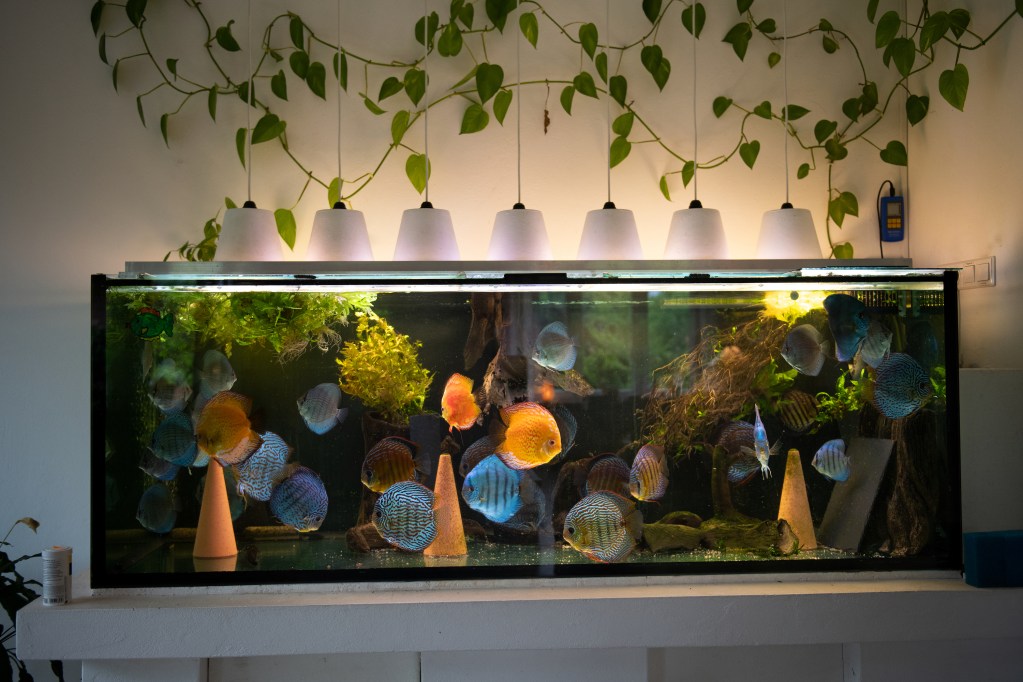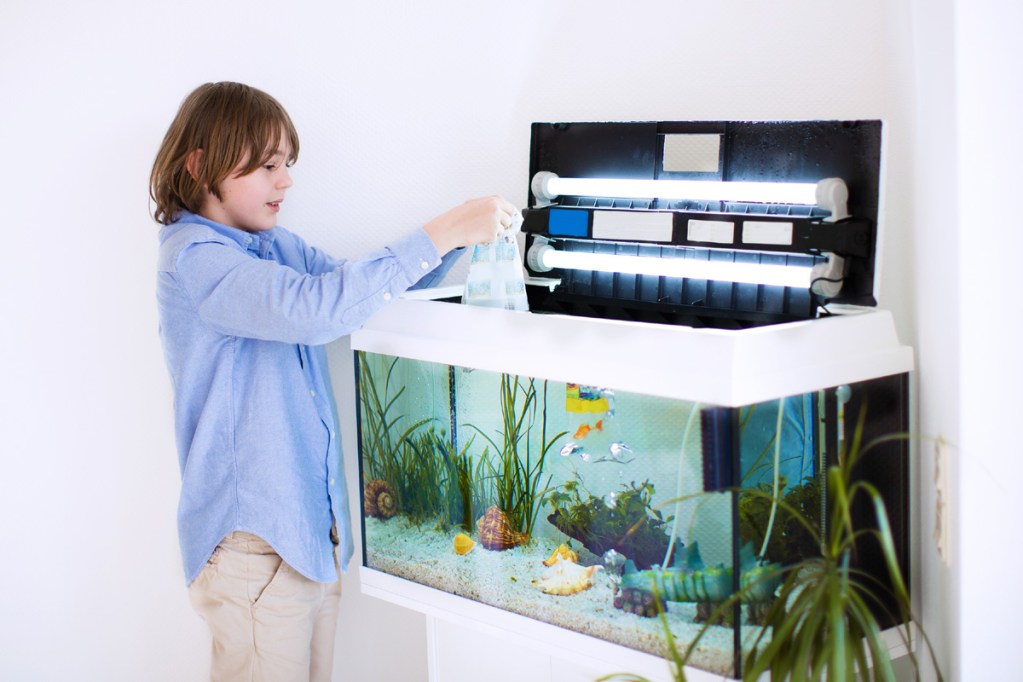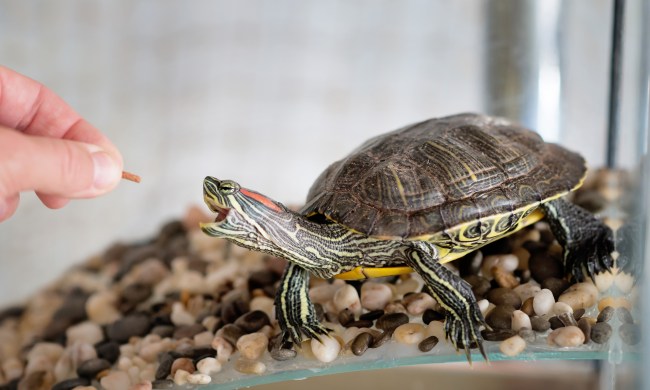Keeping your pH consistent is a major part of a thriving aquarium. Too high or too low, and your whole ecosystem will be thrown out of whack. Generally speaking, the acceptable pH levels for an aquarium range from 6.8 to 7.8, with 7.0 being the neutral point. (Keep in mind your tank’s acidic or alkaline levels will go up and down pretty regularly, too.) What causes high pH in an aquarium? Here’s the key information you need to know.

What is pH in Aquariums?
If you barely remember high school chemistry, you might be a little unclear about what pH even means and why it matters to your fish. First, know that we’re actually looking at a measurement, which indicates the level of acidity or alkalinity of a liquid. Lower numbers mean more acidic and higher numbers, less.
As mentioned, the midpoint is 7.0, which is the pH of pure water. But that’s not to say if you open a faucet, you’ll get perfect 7-level water. It’s a good idea to check your source with a testing kit so you know where you’re starting from and then you can use a few tips and tricks to bring it up or down as needed.

Common causes of pH level increase
Stones and rocks
Certain stones and rocks can raise your pH levels. Calcium-rich materials like limestone dissolve and mix into the water, thus increasing the pH. On the flip side, consider adding shells or crushed stone to the bottom of your aquarium if you need to increase your pH levels.
Aquatic plants
If you have aquatic plants, they can trap carbon dioxide and other materials like nitrates, which hike up pH levels. Keep an eye out for excess algae and slime on glass, decorations, and rocks. This usually means the pH level is too high.
An ineffective filter
An ineffective or old filter can be damaging in various ways, but most of all, it makes the water’s pH disagreeable to fish. Fish waste and other broken-down organic material like leftover food keep pH levels elevated.
Tap water
Tap water contains alkaline compounds and metals. This is why most experts will recommend against using regular, unconditioned tap water in your aquariums.
Aerating your tank
Aerating your tank allows carbon dioxide to escape, consequently increasing pH levels. Consider an air stone, like this sleek, cylindrical one from Hygger, if you need to slightly raise your water’s alkalinity. This stone is available in 4-inch or 2-inch diameters and weighs only 15.2 ounces (430 grams). When your pH level is too low, turn off or remove the air stone to increase pH levels again.
Baking soda
A common way to increase pH levels easily is by dissolving baking soda in some water and then pouring it into your tank. This alkaline mixture should be incorporated regularly for the best results. However, be cautious about adding too much baking soda at once. Let your fish adapt to the pH level increase before adding any more baking soda.

How to decrease the pH levels in your aquarium
Replace your filter and clean your tank
Try replacing your old filter and the pH level might go back to optimum levels. Additionally, cleaning your tank regularly ensures that your aquarium is completely waste-free, as many water filters don’t successfully eliminate all fish waste.
Add driftwood or peat moss
Driftwood is an aesthetically pleasing decoration choice for fish tanks, but too much can make your pH levels drop. Granted, this may be helpful if your water’s pH is too high. Compounds called tannins actually soften hard, alkaline water.
You can also add peat moss to your tank, but note that this might give your water a yellow-brown tint. Similar to driftwood, peat moss contains tannins and other acids that counter high pH levels. Note that whenever you’re considering using driftwood, peat moss, or other decorative elements, make sure it’s made for aquarium use and comes from a reputable source.
Invest in a reverse osmosis machine
A costlier option is a reverse osmosis (RO) machine, which can significantly improve pH water levels and keep them steady. Reverse osmosis works by carefully filtering water and keeping contaminants out, including metals. These devices have filters you’ll need to replace every now and then, but it’s a worthy investment for serious fish tank enthusiasts.
This heavy-duty reverse osmosis system from LiquaGen has a manual flush valve that prevents leaks and makes flushing maintenance quick. It’s compatible with both saltwater and freshwater tanks with fish, plants, and coral. If you’re a first-time RO buyer, this is the best choice, thanks to simple installation and handling instructions.
What causes a high pH in aquariums differs between water type, fish, decorations, and more. Fortunately, there are several ways you can decrease or increase pH levels intentionally to make sure your fish and other aquatic pets are comfortable. From simple solutions like adding multipurpose decor to more serious actions like installing a reverse osmosis filtration system, you can achieve the perfect pH level for your fish using our comprehensive guide.



